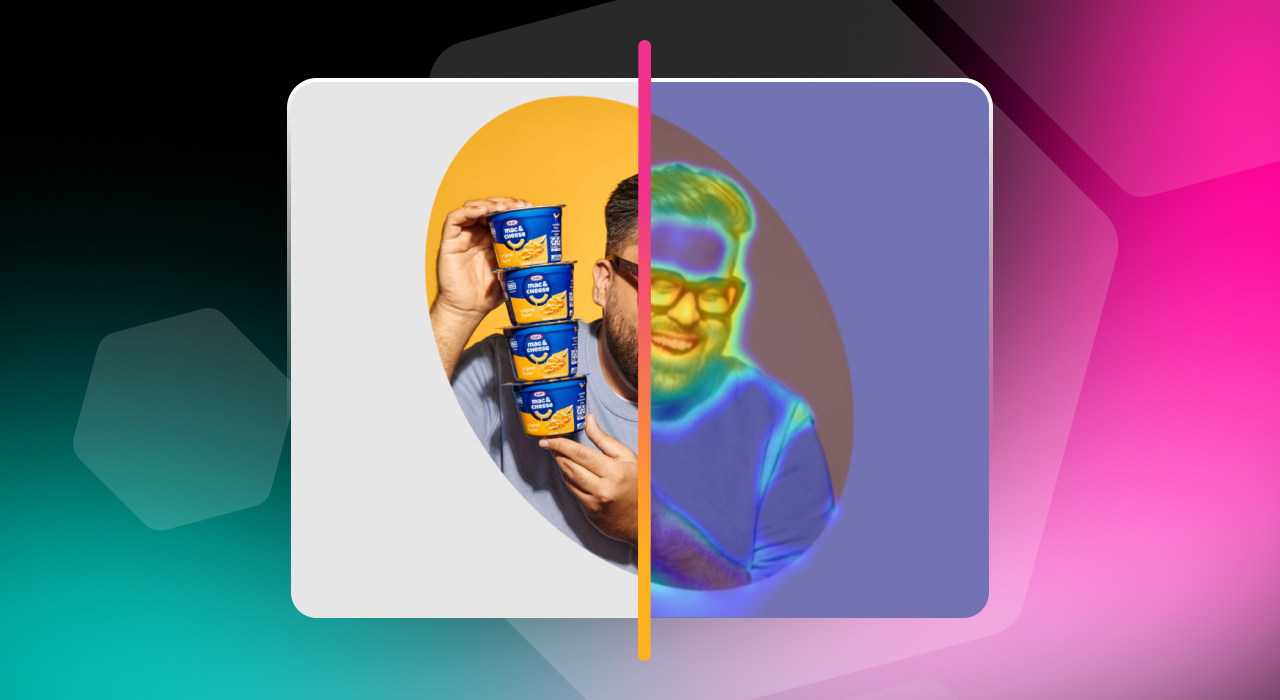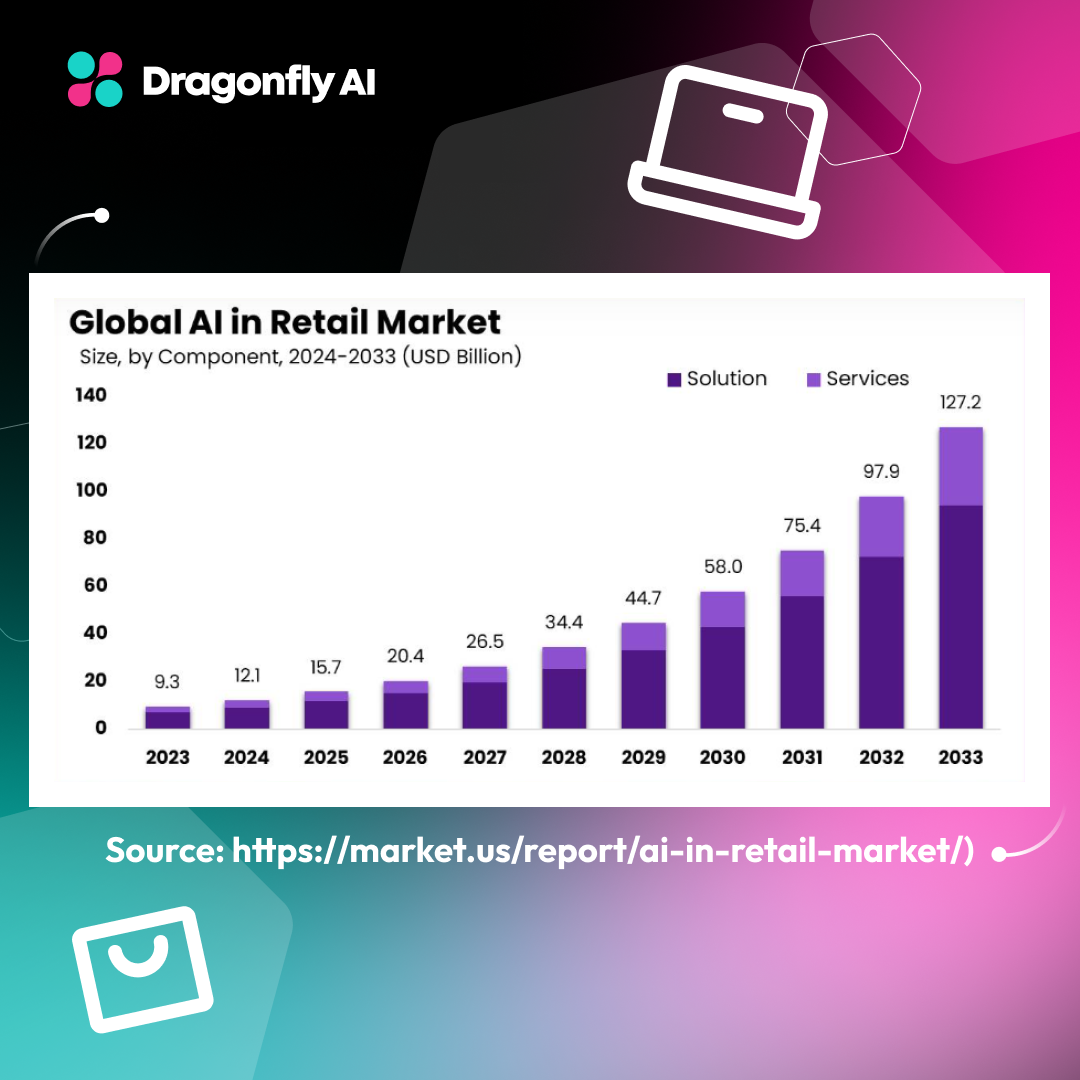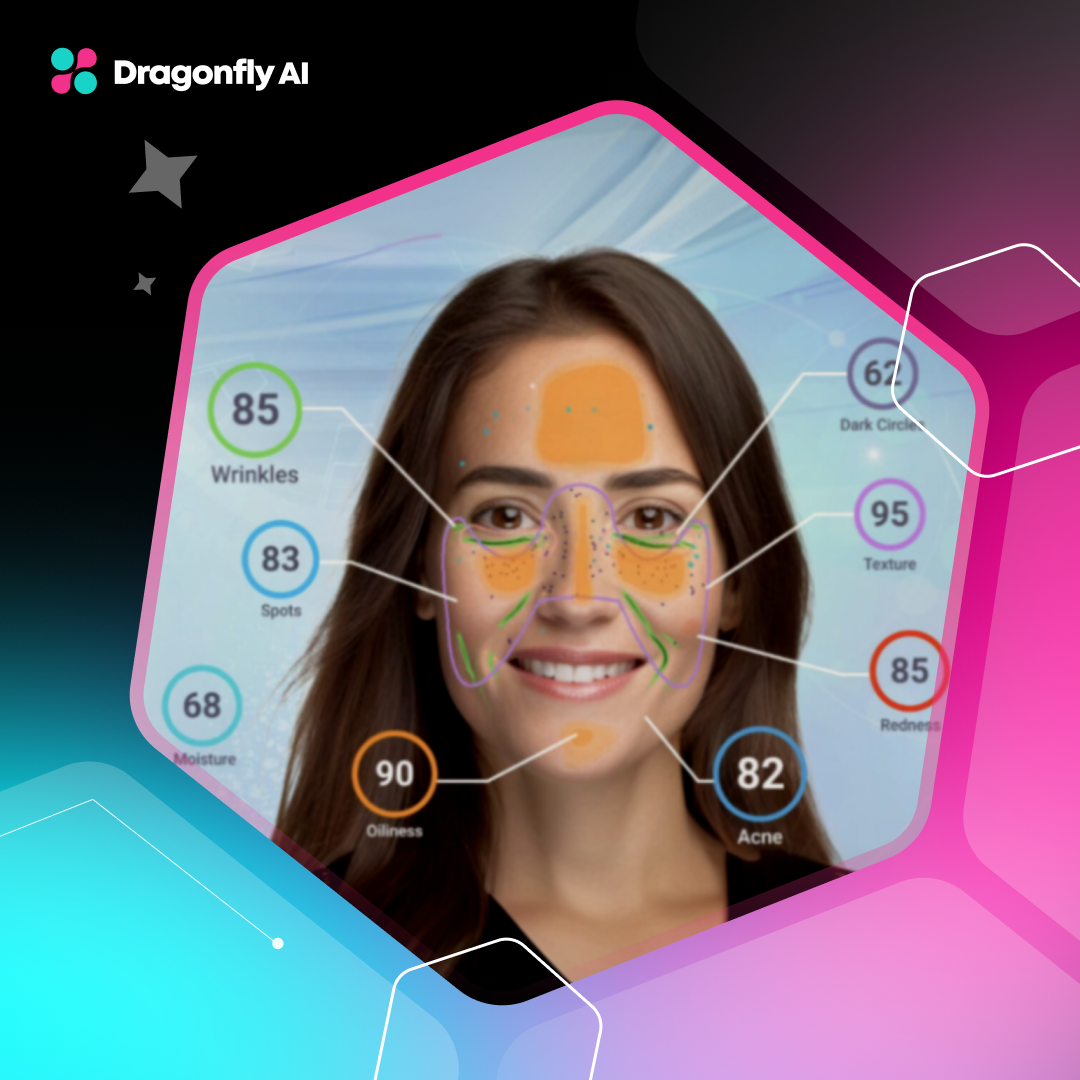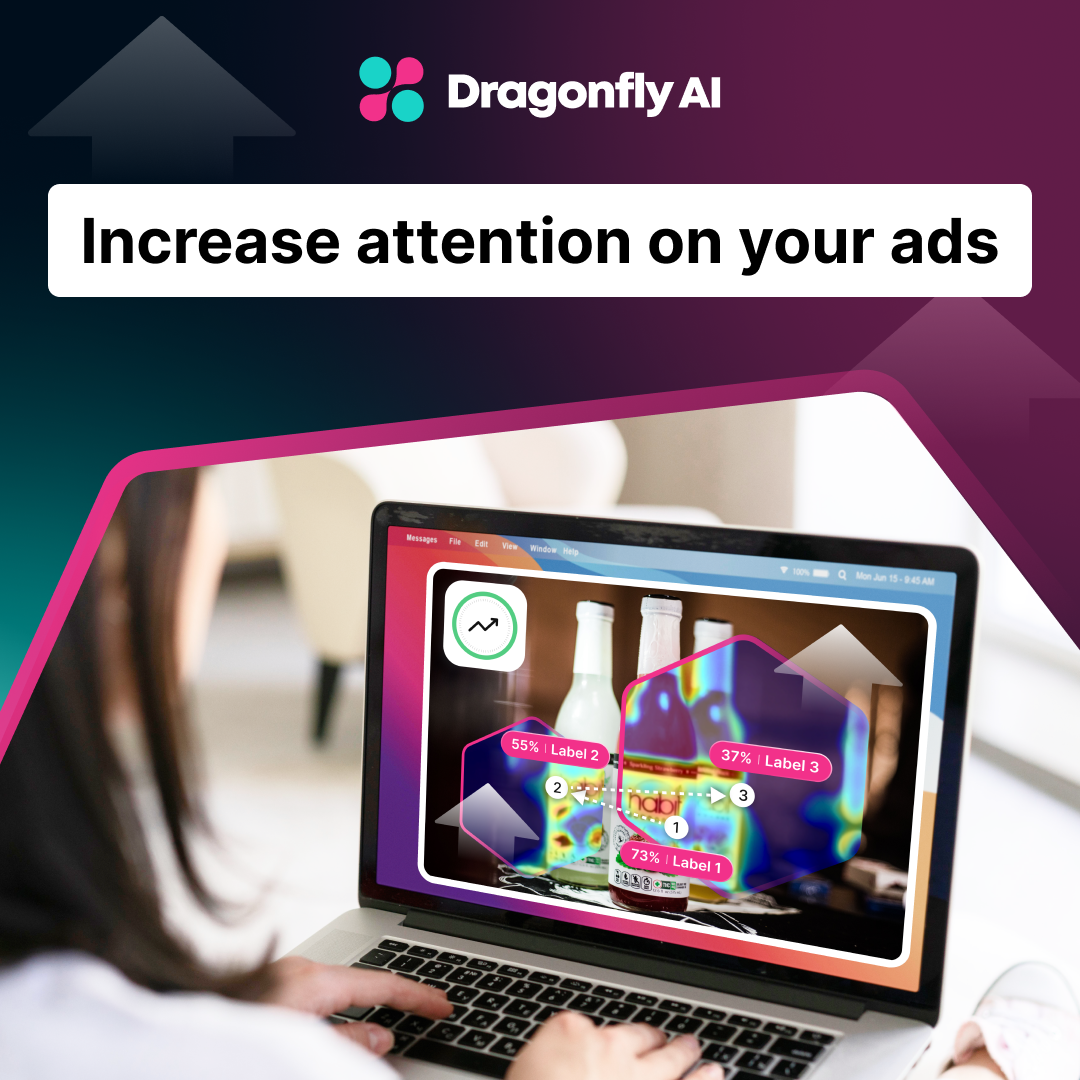The consumer packaged goods industry is locked in a perpetual flux of change, as technological advancements and shifting consumer behaviors continue to reshape the landscape. For brands, adapting to these disruptive forces has never been more important. Maintaining a keen awareness of the latest trends and innovations is everything now, especially for driving growth and protecting market share in an always-evolving industry.
The Digital Transformation in the CPG Industry
The digital revolution has landed squarely in the consumer packaged goods sector's backyard, forcing brands to rethink many aspects of their operations. From product development to marketing to consumer engagement, digital transformation is the new prime directive.
Technology and data
At its core, this digital transformation is about using technology and data to become agile, consumer-obsessed organizations. CPG companies realizing sustained success are the ones embracing digital tools and processes to get hyper-focused products to market quickly based on emerging consumer needs and preferences. Long gone are the days of blindly rolling out new products based on anecdotal insights.
A new way of marketing
On the marketing side, digital has blown away the industry's traditional mass-market advertising model. Companies now use increasingly sophisticated data analytics and hyper-targeted campaigns to cut through the online clutter and build direct relationships with consumers. CPG brands recognize they can no longer rely solely on slapping their logo on a billboard.
A stronger relationship
Perhaps the biggest digital shift is in consumer engagement. Shoppers' relationships with brands have become highly interactive and intimate thanks to social media, ecommerce, connected packaging, and more.
Companies seek to embed their products into customers' digital lifestyles, forging enduring connections that transcend putting an item in a shopping cart. Safely delivering a genuine human experience at digital speed is the new competitive battlefield.
Trends Influencing the CPG Sector
Consumers, particularly younger demographics, are increasingly conscious of their environmental impact and gravitating towards sustainable brands. This has sparked a green revolution with CPG companies scrambling to develop eco-friendly products and packaging.
From Unilever's ambitious commitment to have all its plastic packaging be reusable, recyclable or compostable by 2025 to PepsiCo's sustainable plastics vision, the industry's heavy hitters are making big bets on going green. For upstart brands, deploying environmental and social governance as a core value proposition from day one has, for all intents and purposes, become mandatory.
Personalization and customization
The ability to hyper-personalize products and experiences is a Holy Grail opportunity in the CPG world. Brands are investing heavily in data analytics capabilities to develop individualized products, customized packaging, and tailored marketing content that better resonates with consumers.
Colgate-Palmolive uses generative AI tools to improve its online product detail pages, with the aim of improving product development. Other global giants like P&G harness big data to deploy targeted campaigns that convert customers at a granular level.
Ecommerce and direct-to-consumer models
The pandemic lockdowns were a tipping point, catalyzing ecommerce adoption and direct-to-consumer selling in the CPG space. Established players like PepsiCo ramped up their Snacks.com and PantryShop.com platforms, while disruptive DTC brands like Olipop and Vegvisir gained tremendous ground.
-1.png?width=1280&height=700&name=Blog%20image%201%20(16)-1.png)
This shift eliminates retailers as middlemen while generating valuable first-party consumer data. Strategic CPG companies recognize capitalizing on this trend is a necessity for cultivating loyalty and boosting margins. Legacy brands are also leveraging ecommerce to test and learn new products at scale.
Supply chain optimization
Few areas have greater potential for CPG companies to reduce costs and enhance agility than supply chain optimization. Organizations are deploying AI, IoT, robotics, and other technologies to improve demand forecasting, inventory management, logistics routing, and warehouse throughput.
The CPG supply chain has evolved into a quantitative model continuously calibrating itself based on real-time data flows. Cloud-based platforms, digital twin simulations, and autonomous trucking are just a few innovations providing operational visibility and control. Staying ahead of the supply chain tech curve is critical for maintaining cost advantages.
Revolutionary Technologies in CPG
AI and machine learning are proving to be game-changing technologies for CPG companies. On the commercial side, these capabilities allow for hyper-personalized product recommendations, promotions and consumer experiences at scale.
AI can analyze volumes of data to predict shopping behaviors, spotted trends, and optimize digital marketing spend. Operationally, machine learning enhances demand forecasting accuracy, automates supply networks, and streamlines customer service.
Kraft Heinz has been an early adopter, dipping its toes into generative AI to better understand data and improve employee efficiency. Expect AI and machine learning to become ubiquitous across the CPG industry.

Blockchain for traceability
Trust and transparency are paramount for CPG brands—qualities that blockchain technology reinforces. By creating a permanent, unalterable record of data, blockchain enhances product traceability from origin through the entire supply chain. This protects quality control and food safety while preventing counterfeiting.
Companies like Walmart and Unilever are tapping into blockchain to validate sustainability claims and responsible sourcing practices. Consumer goods giant Nestle is leveraging the technology's traceability to ensure food quality and comply with supply chain regulations. In the future, blockchain could enable seamless coordination between supply chain partners and automatic payments via smart contracts.
Internet of Things (IoT) in product development
Connected packaging and products represent a major frontier for consumer engagement. By embedding digital capabilities into physical goods via IoT sensors and printed electronics, CPG brands can forge direct relationships with shoppers long after the initial purchase. Such digital immersion allows capturing real-time data that informs iterative product improvements.
Intelligent packaging can assist with dosing and usage instructions, scan for replenishment needs, and even automatically reorder products for subscribers. Keurig Dr. Pepper has Internet-connected appliances that let consumers reorder supplies via voice commands or automatic triggers. As costs lower, expect IoT-enabled consumption experiences to flourish across the CPG landscape.
Augmented reality (AR) and virtual reality (VR)
Augmented and virtual reality technologies are transforming consumer engagement and product development. AR allows CPG shoppers to virtually sample products, visualize them in real-world settings, and access hyper-personalized digital content. Companies are also leveraging AR internally to prototype and market-test new products virtually before production.
Meanwhile, immersive VR environments let consumers explore branded product worlds, engage directly with companies, and enjoy gamified shopping experiences. Pepsi has pioneered VR experiences allowing people to get a 360-degree look at its production processes. While still emerging, AR and VR hold enormous potential for CPG brands to create compelling pre and post-purchase consumer journeys.
Innovating Consumer Products Through Technology
Pump the brakes on relying solely on intuition and hunches to inspire CPG's next celebrated consumer craze. That's a relic approach rooted firmly in the past, not our era of rapidly shifting preferences. For brands intent on avoiding Blockbuster's faith, seamlessly channeling cutting-edge technologies throughout product development is table stakes.
Companies effectively bridging emerging tech like AI, machine learning, IoT, and advanced analytics with the innovation pipeline are leapfrogging competitors stuck in legacy processes. They gain the preternatural ability to decode evolving consumer needs and desires long before mainstream consciousness. From there, it's about rapidly iterating data-guided concepts and getting tangible prototypes into the wild for feedback and optimization.
Let’s say you’re a skincare brand. You could use AI to parse social media data streams to spot niche microtrends like snail slime formulations well before mass market adoption. Armed with these insights, you could ideate, manufacture, precision market and gauge mainstream viability —all at a pace that sees you become a leader in the space.
A tech-immersed approach flips the innovation model on its head. Rather than a linear pipeline disconnected from consumer signals, it becomes a self-optimizing feedback loop. Behavioral data pours in, enabling nimble pivots and experimentation in the process. Product developers evolve into quantitative psychologists, stitching code-driven insights into tactile new experiences in internet time.
-1.png?width=1280&height=700&name=Blog%20image%203%20(14)-1.png)
For brands hoping to avoid surrendering market share to disruptive upstarts, leaning into this mindset isn't optional— it's existential. Legacy companies regurgitating reheated extensions and line extensions are ripe for displacement. The future belongs to those masterfully uniting human ingenuity with machine utility to spawn true consumer obsessions.
The Future of CPG Product Development
The relentless currents of technological disruption and shifting consumer behaviors guarantee one certainty—yesterday's product development playbook is swiftly becoming outdated. For CPG companies, embracing an ethos of continued innovation and extreme agility isn't just strategic upside but a requisite for survival.
Emerging technology
Emerging technologies like generative AI, predictive analytics, virtual and augmented reality, and connected device ecosystems are set to redefine how products are conceived, validated, and rolled out. The rigid milestones of traditional CPG development cycles will be made obsolete by ever-shortening corporate "mind-to-market" metabolisms.
Take generative AI, which allows creators to rapidly prototype hundreds of packaging designs, flavor profiles, and formulation permutations using just prompts and seed inputs. What took months or years of lab work can now be accomplished in hours or days. Brands that integrate these tools throughout their pipeline will enjoy exponential increases in concept iteration speeds.
Internet-connected packaging
The quantitative insights informing successful product development are poised to become even more high-definition. Internet-connected packaging and IoT consumption tracking will provide real-time intel into how shoppers actually use and experience products, informing dynamic updates and personalization. The entire "lab rat -> focus group -> cross your fingers" paradigm will be obsolete.
Even the way we conceptualize products is due for an overhaul. Immersive digital worlds enabled by VR and AR and the Metaverse will collide with the physical, blurring lines between product and branded experience. Already brands like AB InBev and Clinique are leveraging virtual worlds to ideate new products and predict resonance before a single factory line whirs.
Data-enriched consumption
Much like Netflix transitioned movies from monolithic one-off payloads into constantly refreshed content services, CPG products could evolve into dynamic, data-enriched consumption experiences perpetually tailored for individuals.
The very notion of a static "product" becomes antiquated when ingredients, packaging, messaging, and use cases can be optimized in real-time based on consumer livestreams.
Summary: Shaping the CPG Industry
In the next few years, the CPG industry will be radically reshaped by forces like AI product development, hyper-personalization via analytics, immersive digital product worlds, IoT-connected consumption experiences, and end-to-end blockchain traceability.
Established brands must whole-heartedly embrace these disruptive technologies and an innovation mindset—the consequences of inaction could be existential. But continuous reinvention will help drive growth and captivate modern consumers.



-1.png?width=1280&height=700&name=Blog%20image%201%20(16)-1.png)

-1.png?width=1280&height=700&name=Blog%20image%203%20(14)-1.png)